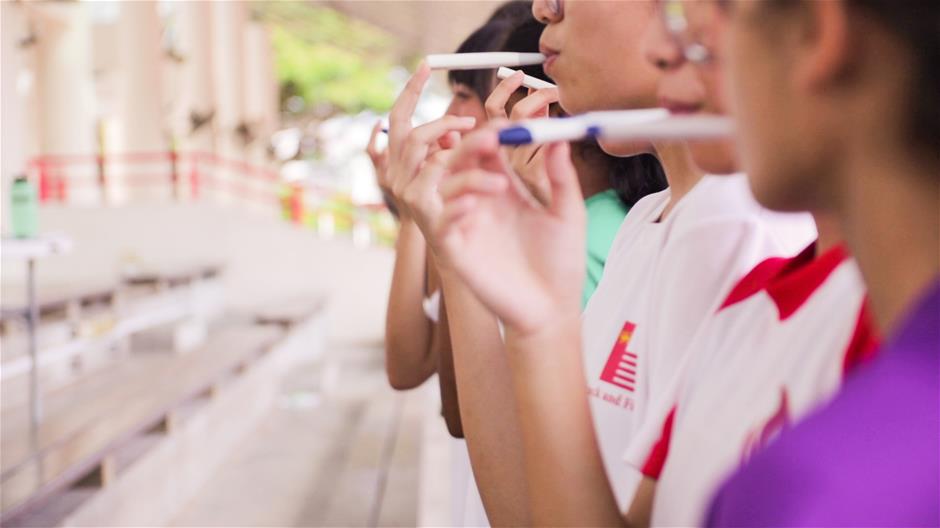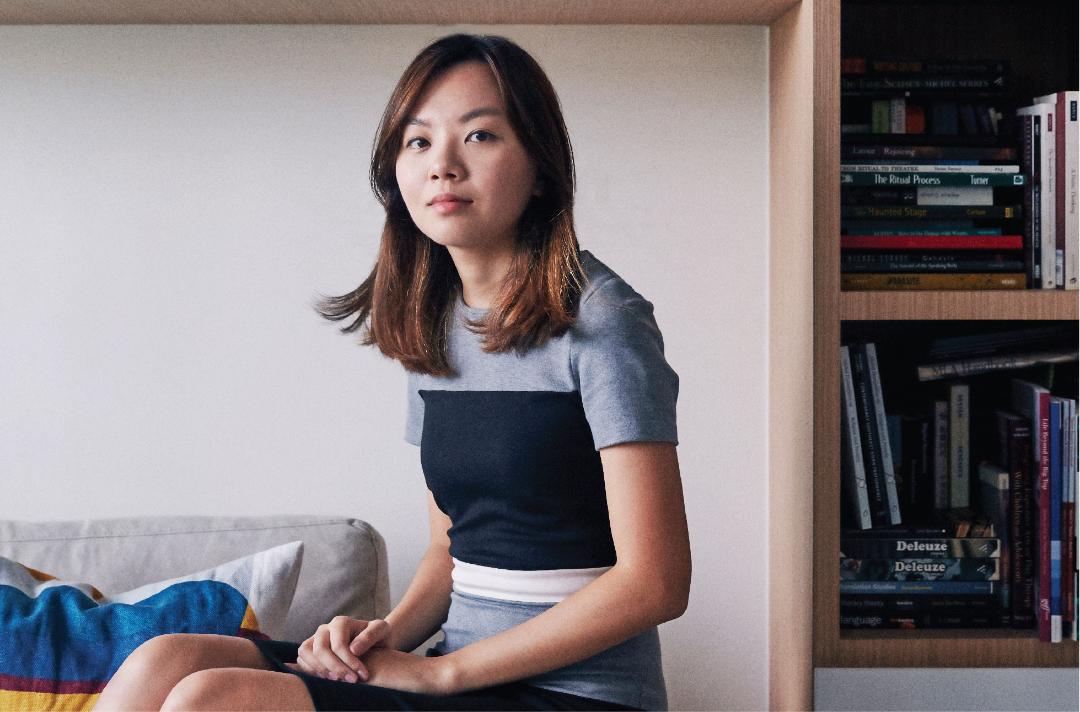Christian James Sethmohan, Singapore Polytechnic, President’s Award for Teachers 2022 Finalist
Movie magic is often a combination of the fantastical, technology and art. While Christian James Sethmohan wants his students at Singapore Polytechnic to understand the theory behind it, he reminds them that huddling behind a computer isn’t enough to help them master the craft.
“Don’t just focus on the theory. Get out there, be connected and keep learning.”
“I want my students to be constantly looking for opportunities to apply what they learn in the industry…I don’t spoon-feed them,” says James, who is Specialist (T&L) at Singapore Polytechnic’s Media, Arts and Design School. The media arts being a fast-moving industry, practitioners need to stay abreast of the latest technologies, companies and trends, he stresses. I always tell my students, “Don’t just focus on the theory. Get out there, be connected and keep learning.”
He himself stays connected – online and offline – with companies as far afield as San Francisco to keep up with the latest developments. It was through this kind of dogged sleuthing that led him to introduce cutting-edge projection mapping skills to his students years ago.
Graduating at 33, lecturing at 45
A self-professed late bloomer, James shares readily with his students about the long journey he took to “keep learning”. He passed his O Levels on his second try at 18 years old (“I played too much soccer”), but could proceed no further with his studies as he had to work to support his family.
After eight years with the Singapore Navy as a marine mechanical technician, he decided to feed his curiosity for filmmaking by joining Singapore Polytechnic’s Educational Development Unit (EDU) as a technician, where he worked as a cameraman and video editor. Six years later, “I had a burning desire to go back to school”, he shared, explaining how practical experience gave him clarity about this next phase in his career.
The polytechnic granted him a partial sponsorship to study mass communications in Perth. To fund the rest of his expenses, he and his wife sold their three-room HDB flat and a van.
At 33, he graduated with distinction and earned a place on the Vice Chancellor’s list – “I really wanted to make my mum proud!” he shared with glee.
Back at the Polytechnic in an enhanced role as a Media Producer, James didn’t stop stretching himself. While keeping his day job, he started teaching evening classes on video production for adult learners.
.jpg)
The satisfaction he got as an educator convinced him that a new career was in store. By 2007, he was lecturing fulltime at the School of Digital Media and Info-comm Technology (DMIT). After obtaining a full sponsorship to pursue a Masters in Visual Effects in Canberra, he returned a year later to take up the role of Course Chair for the polytechnic’s new Diploma in Visual Effects and Motion Graphics course, a role he held for six years.
Get busy, build your network
James’ adventures in work and education explain why he pushes his students to widen their learning circles, network for contacts, and take up industry projects – you don’t know what you can do till you try.
These days, he teaches mostly Year 1 and 3 students, and constantly sources for project opportunities with external partners so his students can apply what they learn in the classroom. Besides, learning to cope with the pressures of the real world is valuable for them, he adds.
He cites a recent project on motion capture, a new technology that is taught in the curriculum.
A local publication had invited James and his colleague for a real-life project where the students analysed the smashing strokes of Singapore’s first badminton world champion Loh Kean Yew.
“Basically, we put motion capture sensors all over his body, then we got him to smash the shuttlecock repeatedly – 11 times actually – so we could translate the movements into 3D animation,” said James.
It was the first time his students got to put what they knew about motion capture into action. To boot, they were so thrilled by the experience that they went into independent research on the topic.
.jpg)
James’ philosophy is straightforward: The more projects you do, the more you’ll learn. “I grew professionally because I was willing to try new things all the way,” he says.
He shares the experience of a two-student team whom he mentored for their final-year project in 2020. The students were keen to create a video project on the impact of drug abuse on youths, but he challenged them to try a less conventional format – projection mapping, where video images are projected on 3D surfaces from as small as one’s spectacles to as large as whole buildings (think Singapore Night Festival installations).
The technology was relatively new and the equipment needed was costly, so James sourced for an alternative equipment from San Francisco and gained the interest of the Central Narcotics Bureau for their Anti-Drug Abuse Campaign. The end-result was an art installation titled Monomania, released nationwide in 2021.
Quoting from real life
James’ early start in the workplace has played a significant role in shaping his practical approach to education.
It also provides plenty of material for his lectures – James is big on story-telling to engage his students. Whether it’s to catch the attention of a distracted class, or to motivate them, he has realised that the young adults respond better to anecdotes than instruction, especially when the stories come from his personal experience.
“I share from the heart – about myself, and how I pressed on to be where I am today,” he says. When his own stories don’t cut it, he draws from the lives of famous people like Nelson Mandela and Beethoven.
“Put her in one of the most poverty-stricken places on earth, and you have Mother Teresa. Take away her hearing and speech, and you have Helen Keller,” he quotes from a friend’s book of wisdom. “When my students work a bit harder and complain, ‘oh, I’m so tired’, I will tell them, ‘every one of these famous people had to fight against great odds; success was never handed to them’.”
“They listen, and I’d like to think that all my sharing helps them on their learning journey.”



.jpg)


